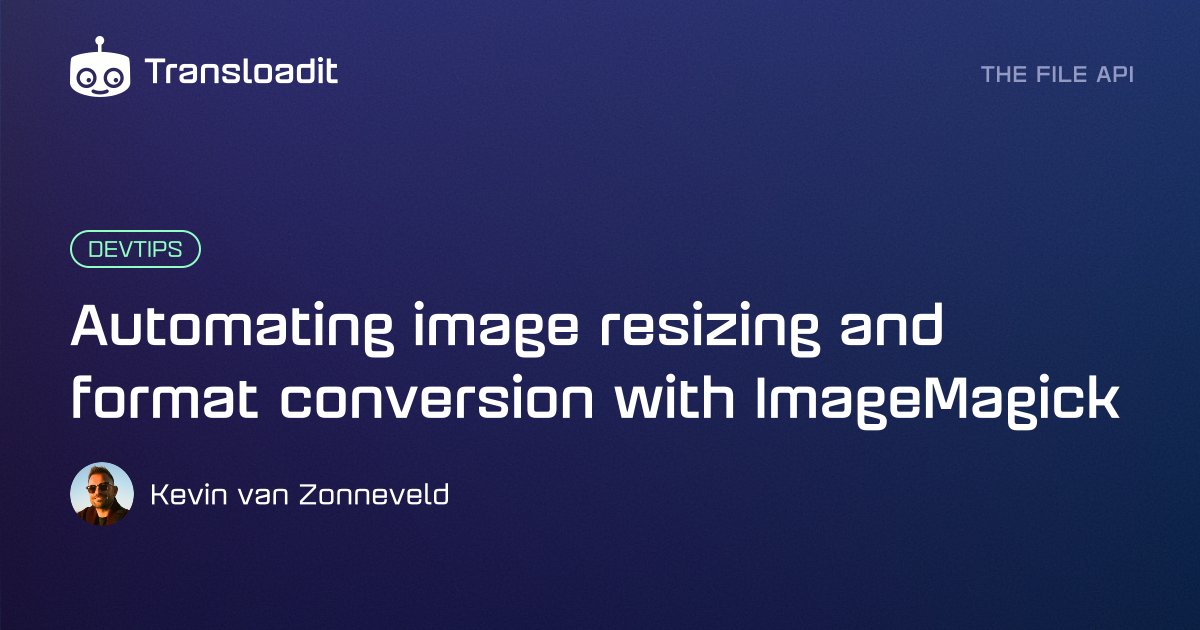
4

In the past 24 hours, the expression “YouTube DOWN” and its Japanese counterpart “YouTube不具合” resurfaced with overwhelming force across social media, acting as a real-time pulse of collective frustration. Videos refused to load, endless error loops appeared on different devices, and sudden reports of malfunction spread simultaneously across services tied to the same infrastructure — including YouTube Music and YouTube TV. The peak escalation happened in late afternoon and evening ranges (local times varying by region), when monitoring platforms jumped from scattered alerts to hundreds of thousands of incident reports in a matter of minutes. Downdetector and similar trackers, which aggregate user complaints in real time, spiked abruptly while status accounts and the official YouTube support channel were triggered to confirm that an issue had been detected and then reportedly resolved. The timing is not just a technical detail — it narrates a familiar pattern of how large-scale outages manifest. First individual users flood social platforms with “is YouTube broken?” posts. Then outage trackers consolidate data into heat maps and incident counters. Next come technical breakdowns in communities like Reddit or independent monitoring threads. Only after that do official corporate channels acknowledge the anomaly — often in concise language prioritizing reassurance over technical transparency. This time, tech news outlets kept up minute-by-minute coverage, describing widespread playback interruptions, application freezes and login instability across the US, UK, Canada, Australia and beyond — easily surpassing hundreds of thousands of confirmed reports globally. Those aggregated user accounts reveal two simultaneous vectors of impact: the immediate disruption to content consumption and the cascading disruption to systems and businesses built on top of YouTube. Streamers lost live audiences as broadcasts froze. Advertisers saw impressions fluctuate unexpectedly. Services depending on Google APIs for video ingestion or authentication began to fail in parallel. At the same time, the event instantly mutated into social currency — memes, jokes and ironic reactions circulated at the same velocity as technical complaints. One infrastructure glitch had, in under an hour, become a cultural, economic and informational event. YouTube’s public response was brief: the company stated through its support account that the technical issue had been identified and resolved, but no deeper technical autopsy was revealed in real time. This is a recurring pattern among hyperscale platforms — restore first, explain later, if ever. The gap between recovery and accountability is then filled by independent observers, network analysts, engineers, creators, investors and concerned users. That gap is also what keeps the debate alive — not about the fact that services fail, but about how much visibility we are allowed to have into what actually went wrong. <br> To understand what could trigger a “YouTube DOWN” event at scale, one must separate confirmed information from historically plausible failure modes of large platforms. Incidents like this can stem from a misconfiguration that replicates instantly via automation, a regression introduced by a new software rollout, network-level or DNS routing issues, or an authentication or load-balancing collapse. All of these have clear precedents. The global, multi-platform breakdown pattern strongly suggests a failure in a core control layer rather than independent frontend bugs. Still, without an official post-mortem from Google, any root-cause conclusion remains an educated hypothesis — not a verified fact. System resilience is not binary — it is compositional. Geographic redundancy, automatic failover, edge-level caching and graceful degradation protocols all exist for this exact purpose. So when a disruption still reaches this scale, it implies that a critical component — very likely in the traffic orchestration or identity stack — entered an unexpected failure state that escaped lower-level containment. In hyper-distributed systems, tightly coupled microservices can cascade failure faster than human operators can intervene. The engineering challenge during such crises is to isolate the causal node with enough speed to halt the chain reaction — while simultaneously managing public trust across completely different audiences: casual users, creators, advertisers, enterprise partners, regulators. The consequences are operational now, strategic later. Immediate losses include ad revenue, live event audiences that will not return, and analytics distortions for advertisers whose metrics suddenly misalign. But the longer a platform remains opaque about causes and countermeasures, the greater the risk of erosion in trust. For governments and watchdogs already investigating platform centralization and systemic digital dependencies, outages of this scale are not just technical events — they are case studies for policy reform. The human element matters just as much as the engineering one. Crisis communication is infrastructure too. Timely status updates, honest language, post-mortem transparency — these are what transform a failure into an opportunity for collective learning. When a platform relaunches without disclosure, it forfeits that opportunity. Network researchers, SRE teams, cloud architects — entire ecosystems are waiting for real data, not PR gloss. For creators and digital businesses, the tactical lesson is unavoidably clear: dependence without contingency is exposure. Diversify distribution. Automate parallel routing. Keep mirrored content. Instrument anomaly detection before the internet tells you something is on fire. For regulators, the question becomes existential: when does platform convenience turn into infrastructure monopoly, and at what point does stability become as critical as power, water or public transport? An event like “YouTube DOWN” is not simply an outage. It is a mirror held up to how deeply one company controls the informational and economic circulatory system of the internet. It is a technical problem, yes — but it is just as much a sociological and geopolitical signal. And if the pulse of your digital life can be interrupted by a single unseen switch, is that a risk you’re still willing to outsource without question?
.png)



